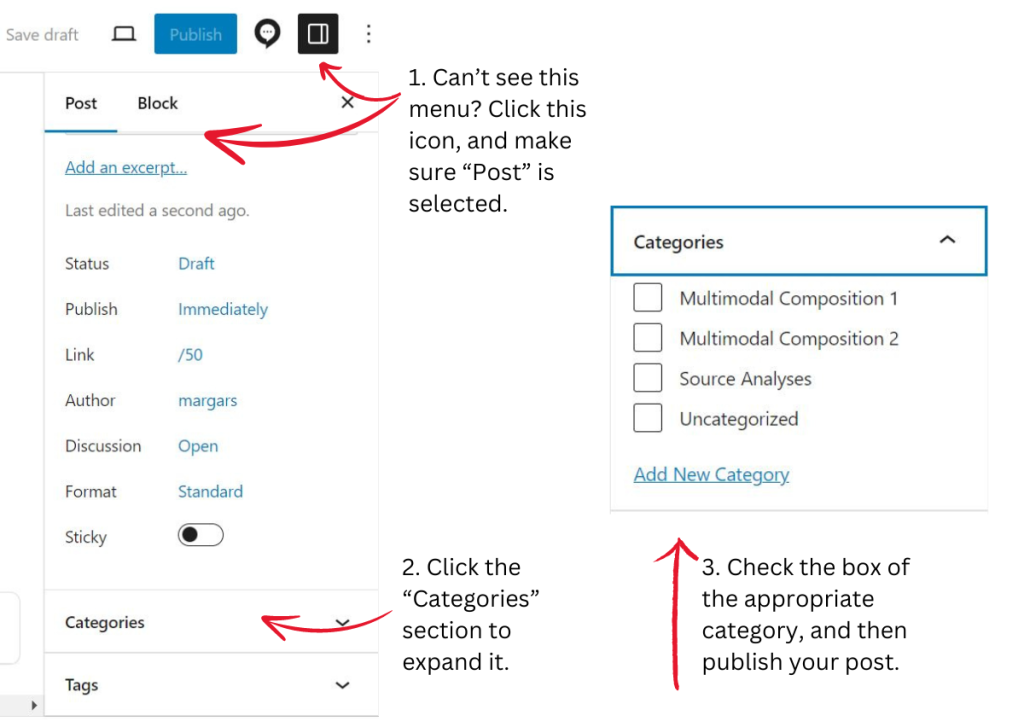When you were younger, did you ever think about water infrastructure in your free time? Yeah, me neither. Quite honestly, I had never thought about it until I started college and was forced to learn. I wasn’t looking forward to it, but it really opened a new perspective for me. Water infrastructure is a very complicated issue that isn’t just geographical, but also has a great deal of social injustice also. There are so many layers to water infrastructure, which make it such a wicked problem.
I have lived in the same house my entire life and go to college just 20 minutes from it, so I am very familiar with the area. If you were to stand in my driveway and walk 10 minutes in every direction, you’d be in a new, very different, community. One of the communities is Caseyville. Caseyville didn’t have the best of anything. The schools were run down, the houses weren’t kept up, and you wouldn’t feel safe walking alone on the street at midnight. On the other hand, Edwardsville had everything: nice neighborhoods, places to shop, and several nice schools to choose where your child got their education. It all comes down to which community has more money, and it is painfully obvious.
Water infrastructure goes hand in hand with socioeconomic standings. The wealthier communities get higher quality water and the communities with more poverty get the short end of the stick. Wealthier people pay more money in taxes, which in turn generates more money for the city to put towards its needs. This makes sense, but not when it comes to basic human needs. I remember my friend from Edwardsville coming over to my house for the first time. We got ourselves a glass of water and she pointed out how it tasted differently. I thought she was crazy. She said it tasted like dirt compared to the water that came out of her refrigerator.
Water infrastructure and equity is hard to define. Most of us can see how this is a problem, but it is hard to say why. Some people may say it has something to do with the government, others may say it is due to high poverty levels, and some people simply don’t care. It is a lot deeper than we think. Most of us are agreeing there is a problem, but not doing anything to resolve it. The definition of the problem is vague, which means it truly is a wicked problem
There is no “getting to the bottom” of a wicked problem. There are no solutions but also infinitely many solutions. As solutions arise, new problems will also. When we dig so deep into these problems, we are so sure we are making progress, but only to find out we are only uncovering other problems too. For example, Collinsville High School is breaking ground on a new Vocational center across the road. Great, right!? However, when they were digging, they found an old ammunition stand that was full of lead. This can affect water quality in Collinsville, so the city must spend more money to combat this newly risen problem. This is just one example of how one problem leads to the next. Wicked problems have no endpoint.
There is a reason we say resolving the wicked problem instead of solving. There is no clear solution and the solutions we try are irreversible. If we think something will work, but when it is all said and done, we realize there is no progress. There is no getting that money, time, or effort back. We don’t live in a perfect world, and there is no undoing the past. However, these resolutions can make monumental progress in making these communities better places.
We live in the Midwest. We are known for farming, tornadoes, and coal. I think that is so interesting because those all counteract each other. Tornadoes destroy farming and coal mining has damaged the soil for farming. Nonetheless, what resolutions may work here, may not work in other areas because we are unique. Some areas where I grew up consist of fields and farms while another community down the road can have a strip mall with large subdivisions. This shows that even within the same community, we tackle problems differently. There are good and bad parts of New York, but we won’t resolve a socioeconomic problem the same way we do here. There are many factors that go into this, such as plants, jobs, weather, and money. These factors are extremely different even in neighboring states.
When you get a boil order notice on your door in the morning, you don’t think much of it. Yes, it’s annoying because you haven’t brushed your teeth yet, need to shower, and you were planning on making dinner tonight, but it’s important, nonetheless. Wicked problems are urgent, especially having to do with water. Everyone needs clean water to survive. This is a public health issue that needs light to be shined on it immediately.
Hearing the term “wicked problem” may sound intimidating and impossible to resolve. We can still make strides to make a difference, as this problem is urgent. We need to make sure our children are healthy and safe, as well as the current residents. Everyone should have access to clean water, regardless of where they live and how much money they have.
Works Cited
https://www.kerrvilletx.gov/1827/Water-Quality-Report
